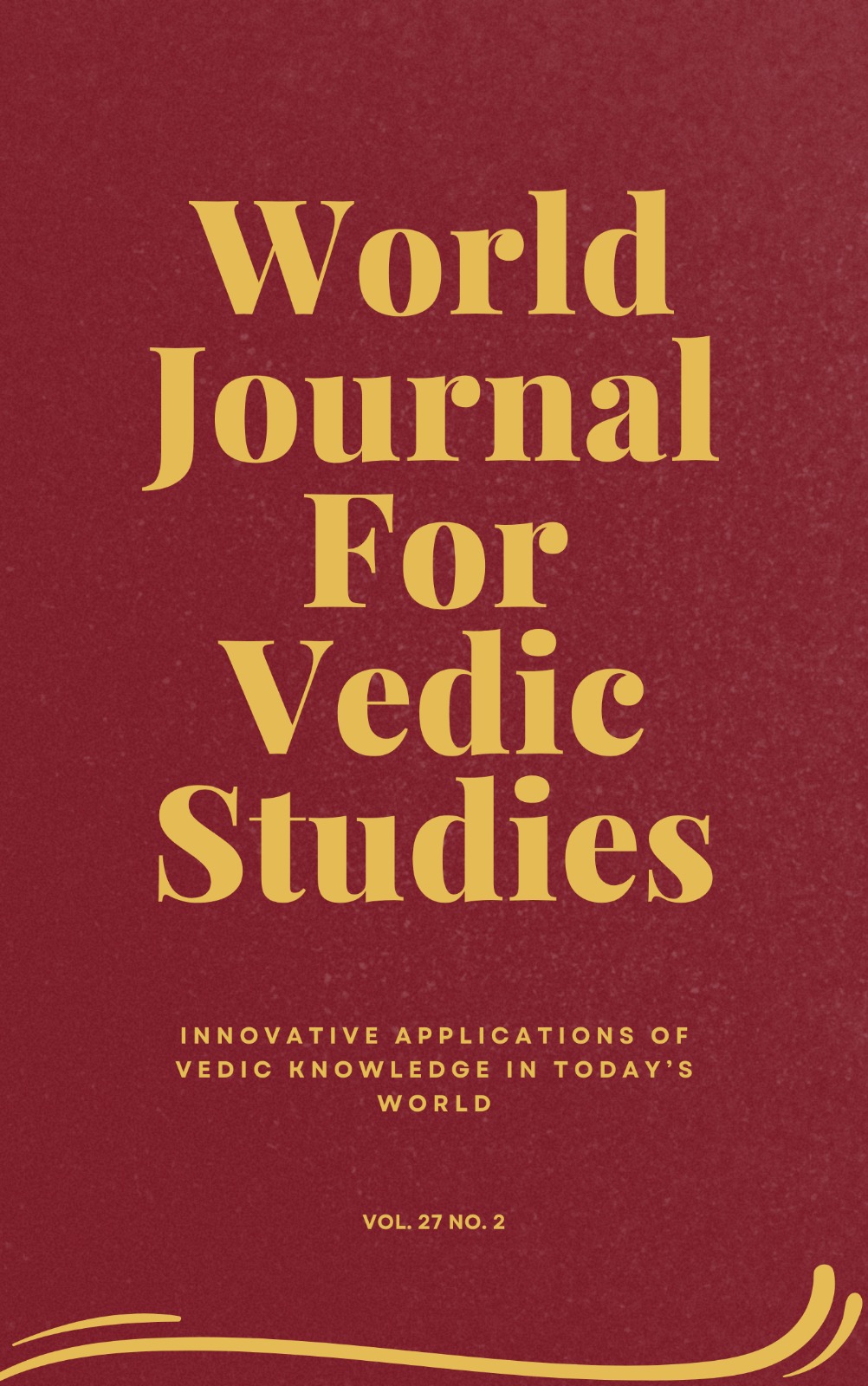Time and Eternity described in the Kāla-Sūkta of Atharvaveda : An Analytical Approach
Main Article Content
Abstract
Bhavabhūti one of the illustrious poets in the history of the classical Sanskrit literature penned in the Mālatīmādhava that ‘kālo hyaṃ niravadhir bipulā ca pṛthvī’ it indicates time is eternal whereas Earth is huge. It is platitude to say the concept of time or Kāla has a multi-dimensional, multi-conceptual and multi-existential phenomenon which is yet to be discovered. The English word ‘time’ does not fulfil all its innermost perspectives whereas the Sanskrit word ‘Kāla’ is able to touch its natural phenomena. In this paper our endeavour is to focus on a synchronic study regarding the concept of time or Kāla since Vedic era to modern. Now, at a glance question should be arisen ‘what is time and what is Eternity’? Is it synonymous or different concepts? In the Atharvaveda, time or Kāla is signified as primordial source that is an unremitting process encompassing this whole universe. So, is there any beginning of time or is it an everlasting process? Here the concept of Eternity which is beyond our knowledge i.e., avāṅmanasagocaram is associated with the time to described it as an eternal or so-called infinite. In various portion of the Vedas the concept of time is commingled with the ‘concept of eternity’ which is also described as Parabrahman. So, the concept of time and eternity or ‘eternal time’ created a form of equilibrium which is ‘absolute’ or ‘singular’. Let’s discuss all these before-said points briefly.

